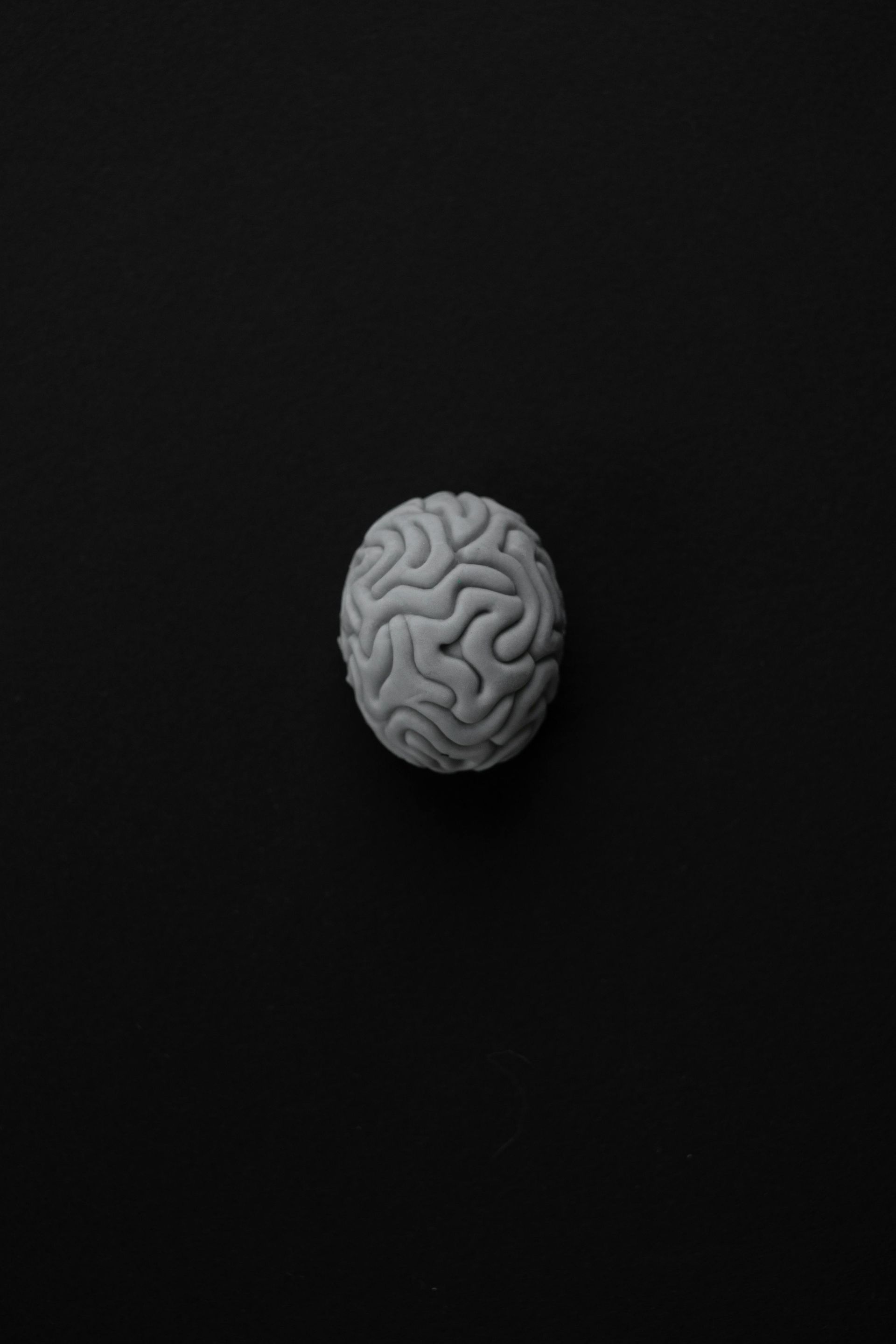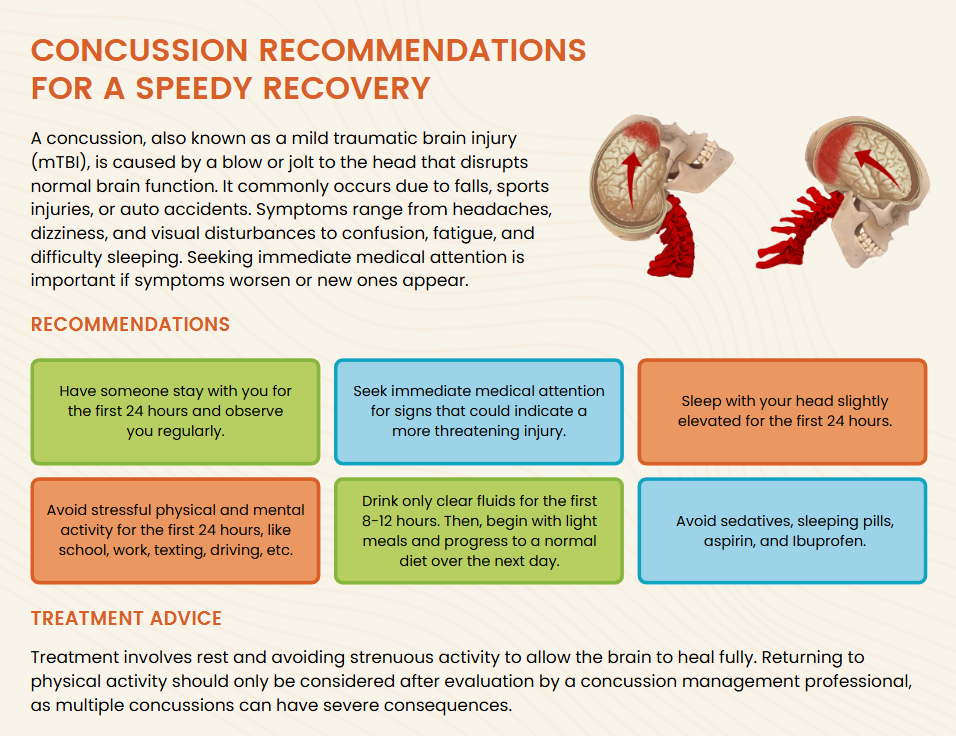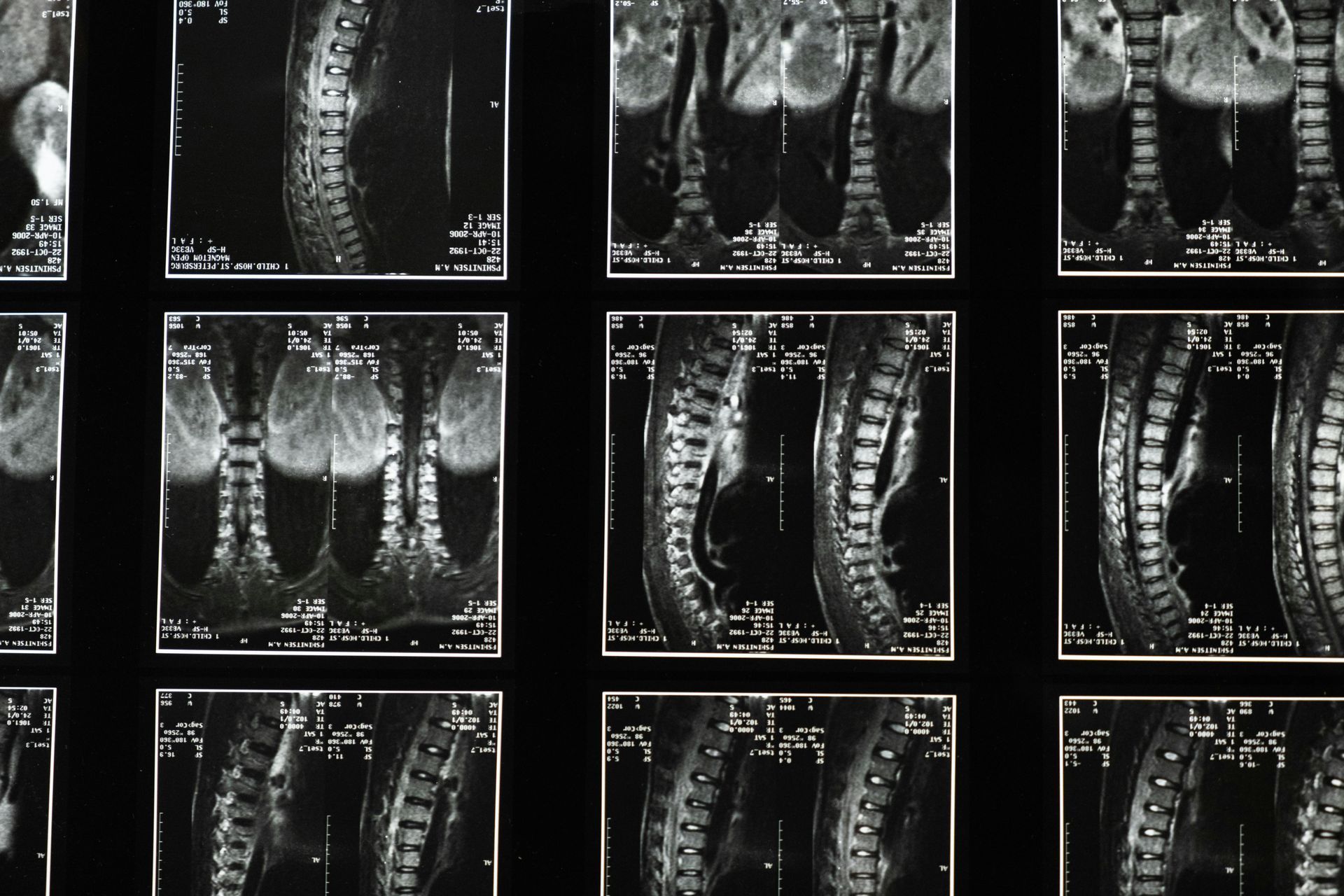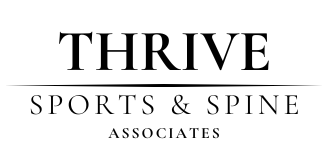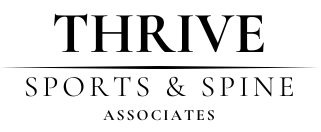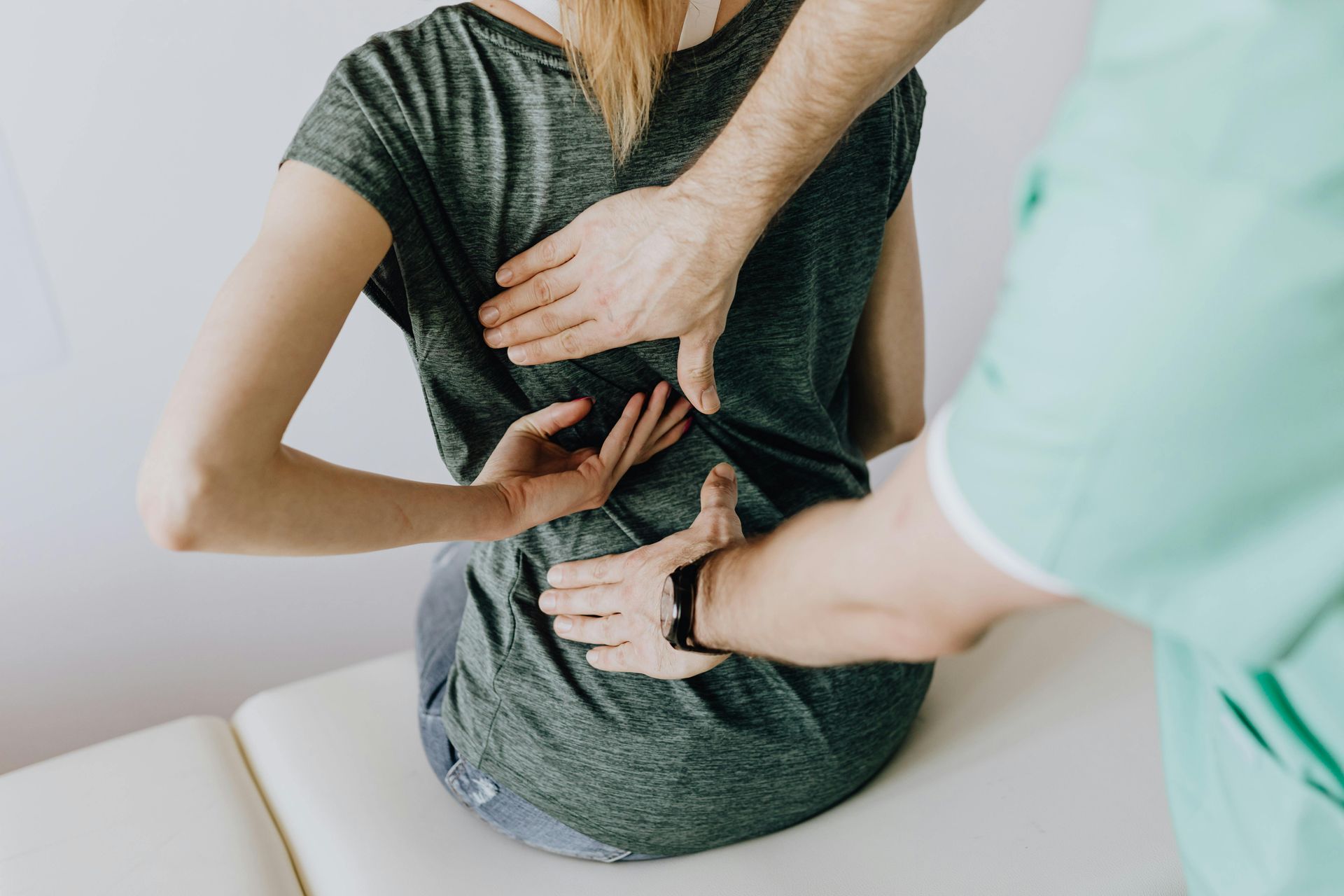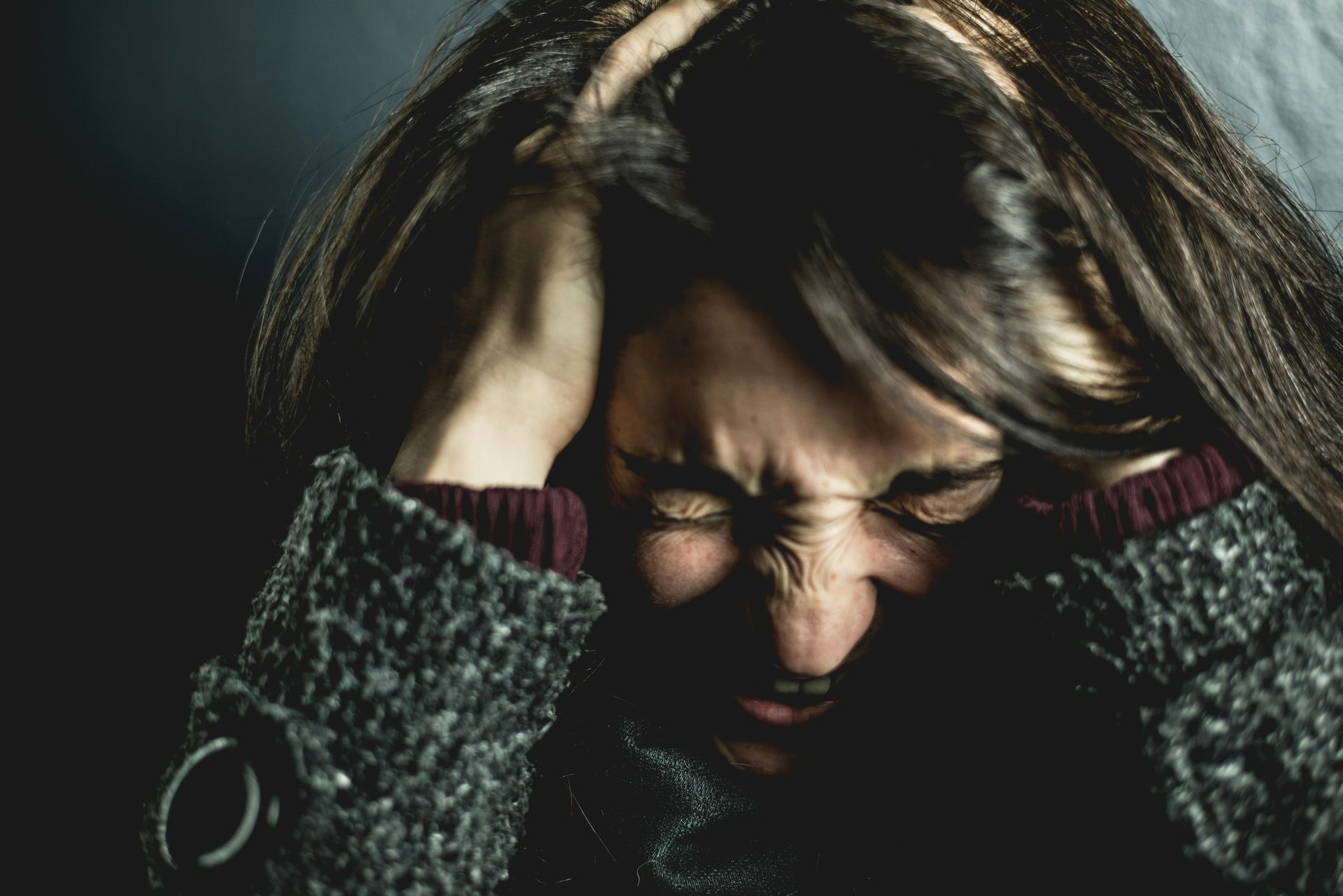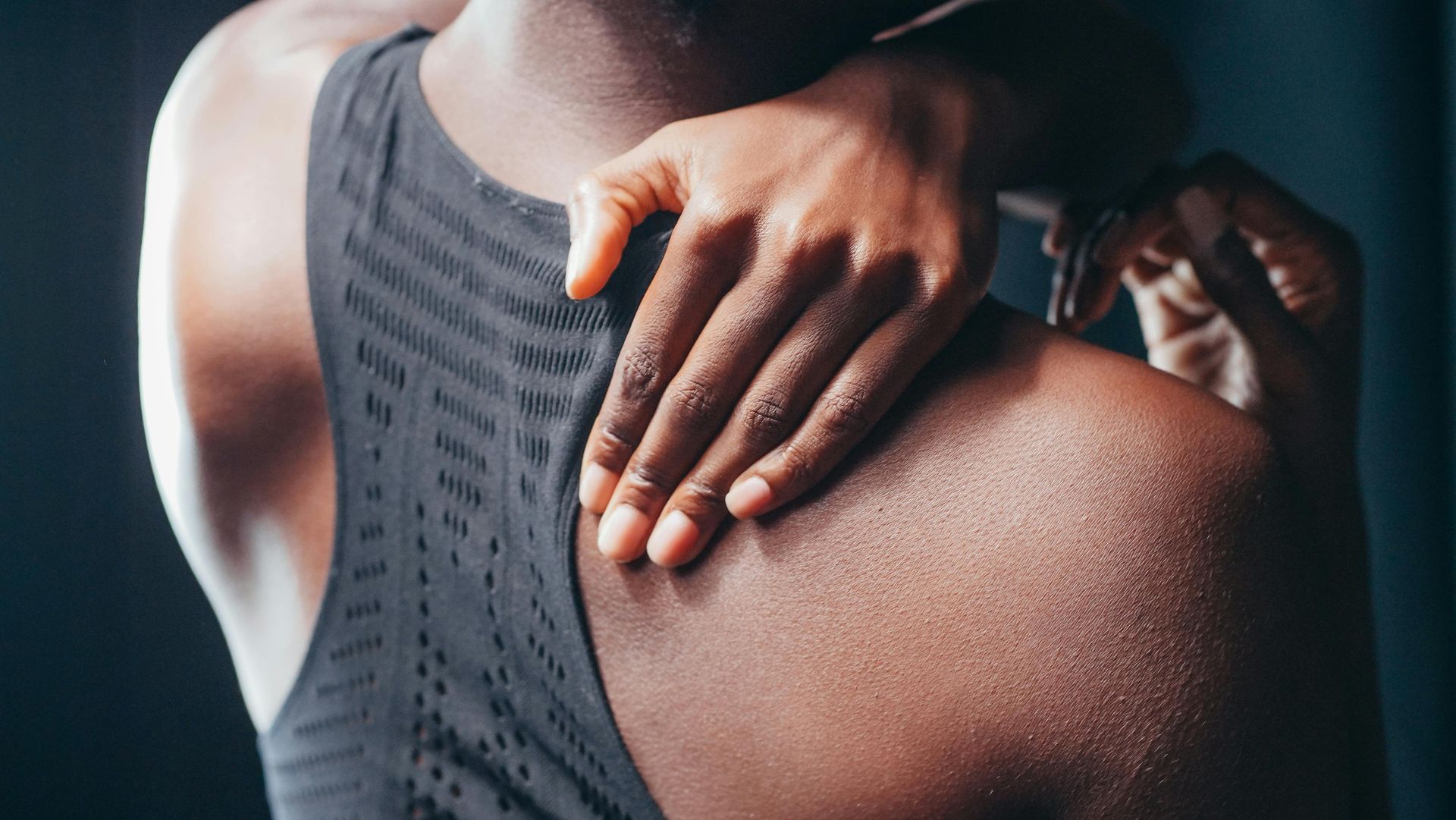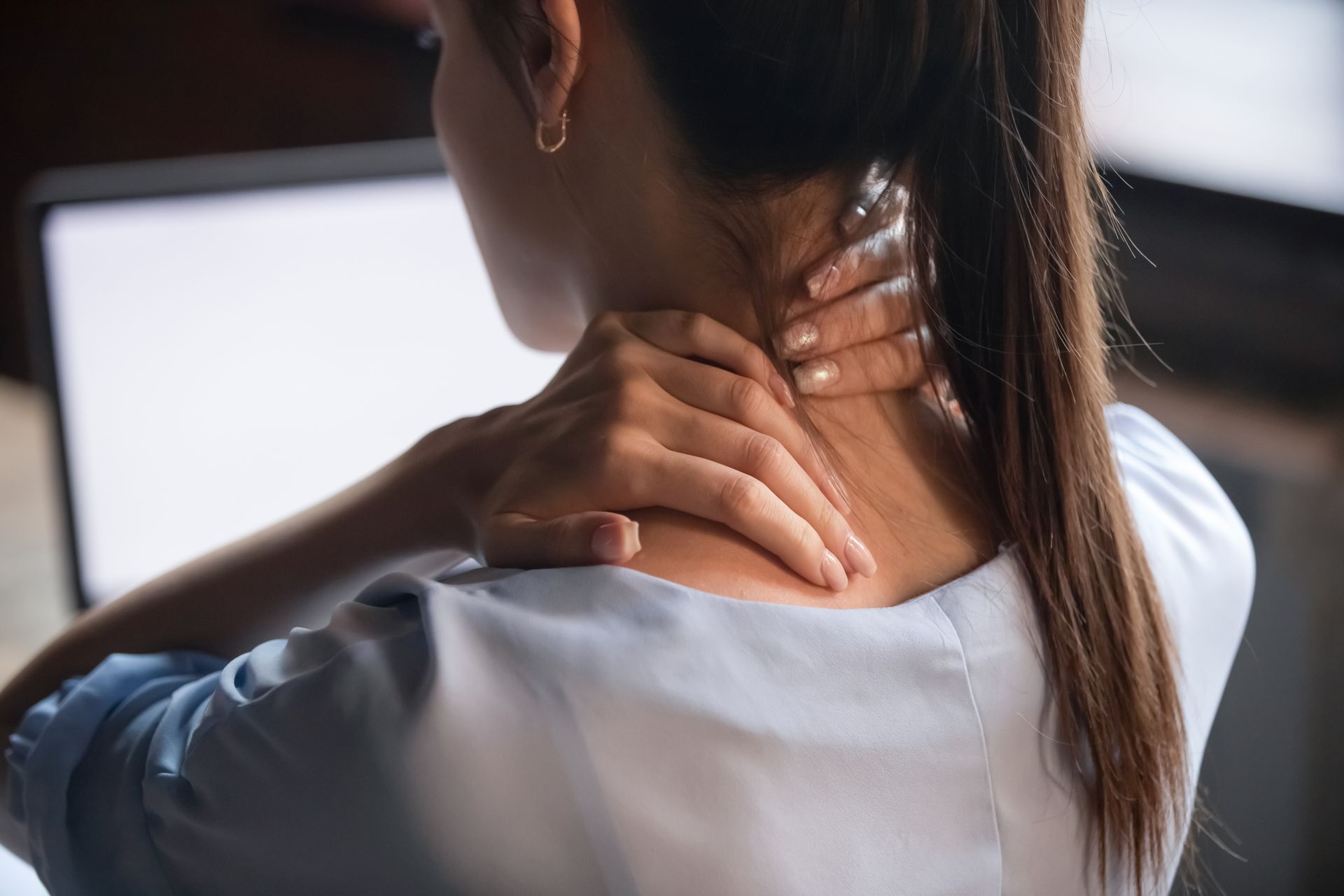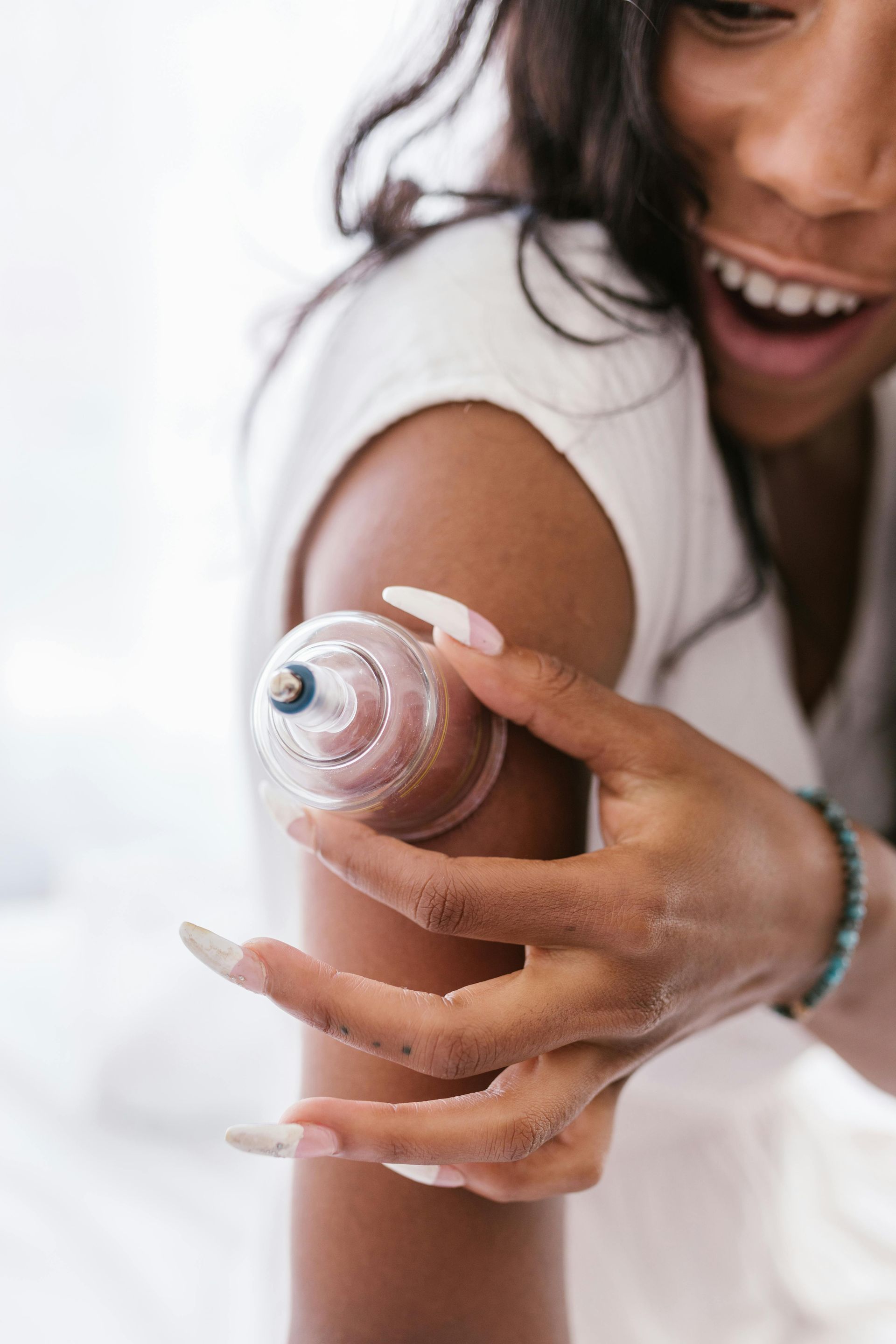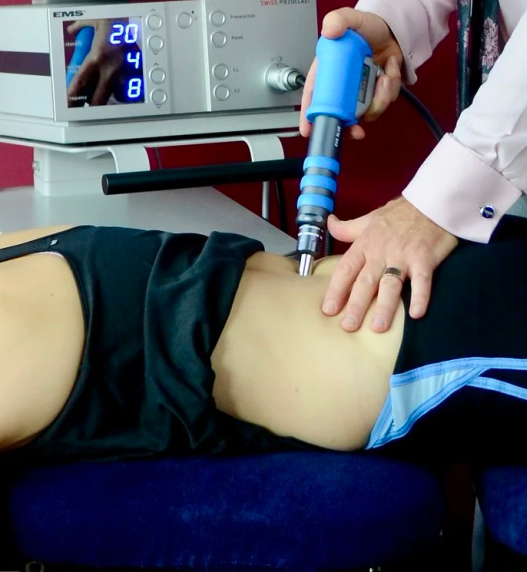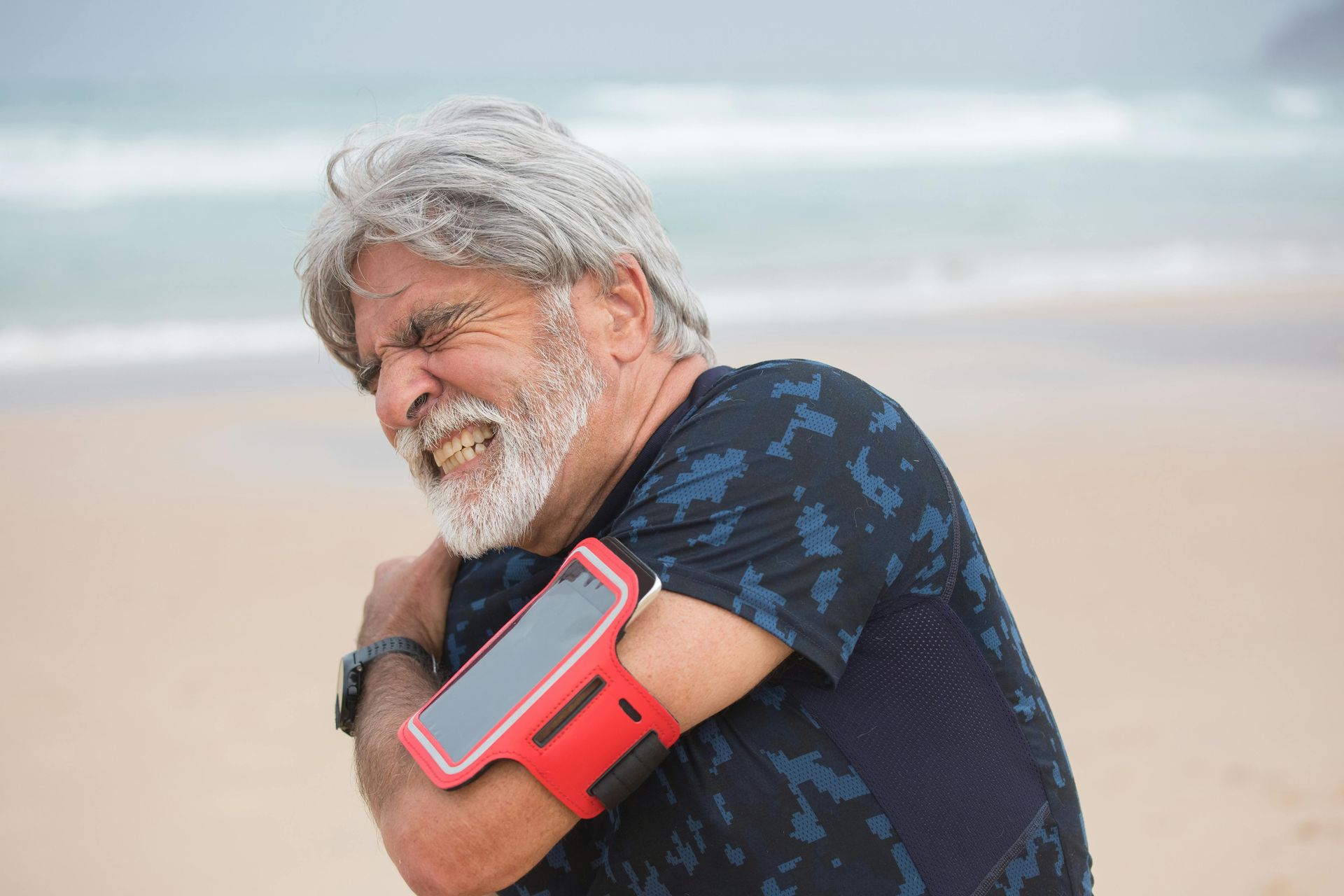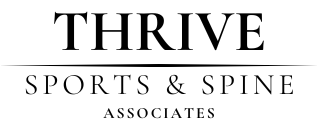Achilles Tendinopathy Review
People with Achilles tendinopathy—a painful condition in the back of the ankle—have different tendon stiffness compared to healthy individuals. Notably, the Achilles tendon is made up of three separate “subtendons”: the gastrocnemius medialis (GM), gastrocnemius lateralis (GL), and soleus (SOL), each connecting different muscles to the heel.
What Was Discovered?
• Healthy Tendons: In people without pain, the soleus (SOL) subtendon is usually stiffer than the other two sub tendons.
• Tendinopathy Changes: If someone has Achilles tendinopathy, the loss of stiffness only affects the gastrocnemius lateralis (GL) subtendon, not the GM or SOL.
• Why This Matters: Stiffness in a tendon helps absorb force and prevent injury. When just one subtendon is affected, it may change the way force moves through the leg, possibly leading to pain, weakness, or further injury.
Why Chiropractic (& Rehab) Can Help
If your Achilles tendon hurts or feels weak, it may not be enough to treat just the whole tendon. Specific therapies, including chiropractic and specialized rehab, can target problem sub tendons and muscles, helping restore proper force, movement, and healing.
Next Steps for Healing
• Get Assessed: Proper evaluation can find which tendons and muscles are involved—so treatment is faster and more effective.
• Custom Treatment: Chiropractic techniques, shockwave therapy, strength exercises, and hands-on care can all help recover function and prevent future problems.
• Don’t Ignore Pain: The earlier support is given, the better the results and the quicker the return to being active and pain-free.
Source: American College of Sports Medicine & PubMed,
full article at PubMed Learn more and start your recovery at www.thrivesportsandspine.info.
Crouzier M, Baudry S, Vanwanseele B. Achilles Sub Tendons Stiffness Differ in People with and without Achilles Tendinopathy. Medicine and science in sports and exercise. 2025 Apr 3. The original article 'Achilles Subtendons Stiffness Differ in People with and without Achilles Tendinopathy'
